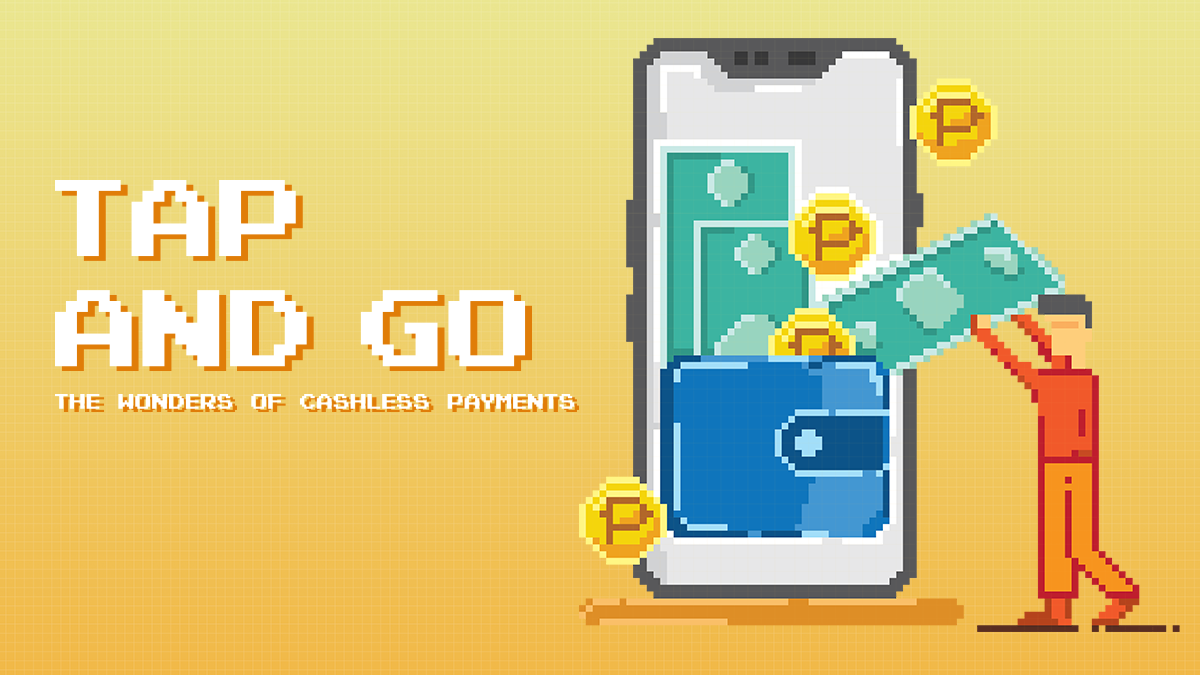Last week, World Health Organization (WHO) director-general Tedros Adhanom declared the current COVID-19 as a pandemic, rallying countries to implement measures that will slow down the infection rate. One of the measures proposed is social distancing, requiring people to maintain a safe distance to avoid spreading the virus.
In the Philippines, the national government has implemented strict social distancing measures and an “enhanced community quarantine” over large areas to help contain the virus. It’s during these trying times that we each need to do our part to limit the spread of the virus. Here’s why going cashless during this quarantine period may help with limiting the spread of the virus.
It limits physical contact
Going cashless and digital limits physical contact during payment. In my previous experience going cashless for two months, I found that cashless payments require minimal physical contact between the merchant and the buyer. This lack of contact is vital during the quarantine period with the government and private sectors imposing the one-meter distance in establishments.
It’s readily available in all essential establishments
Both major e-wallets (GCash, and Paymaya) are readily available in supermarkets and pharmacies. Easily reloadable via your online bank accounts, using e-wallets have become really efficient during this trying time. With access to banks and ATM machines limited during the quarantine period, it’s great to have a backup e-wallet that you can trust.
No need for physical banks
As part of the quarantine directive, banks and other financial establishments will be operating on a skeletal workforce. The first few days of the quarantine saw many Filipinos scrambling to find an open bank as well as braving long lines for ATM machines. Going digital and cashless lets you avoid the long lines for ATMs and removes your need for physical presence at banks; giving more opportunity for the important bank transactions to take place.
Government payments can be made on it
Several government agencies such as the Bureau of Internal Revenue, Social Security System, PAG-IBIG Fund, and Philhealth (as of writing) have not stopped collecting contributions during this crisis as a means to continue offering their services. While we applaud their service, it’s difficult for taxpayers to access them with the suspension of public transport. Thankfully there are ways to pay your taxes and contributions on e-wallets such as GCash and Paymaya to help ease unnecessary travel.
Certain e-wallets have launched their own fundraiser
GCash has recently announced that they starting their own fundraising campaign to help frontline workers. Proceeds of the campaign will be equally divided among seven non-government organizations who are helping on the frontlines of curbing the COVID-19 virus.
With the current crisis, we all need to do our part to help #flattenthecurve. Going cashless is not the main solution but it certainly can help.
